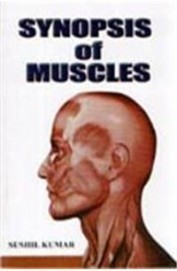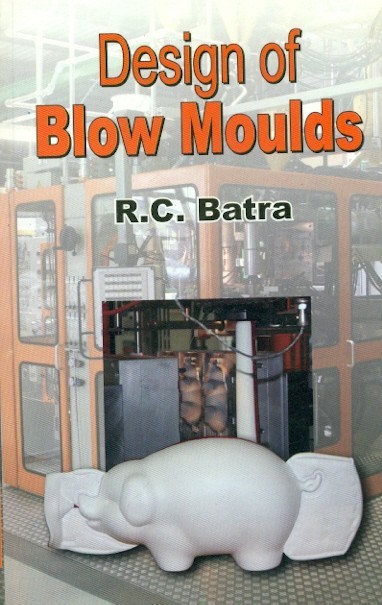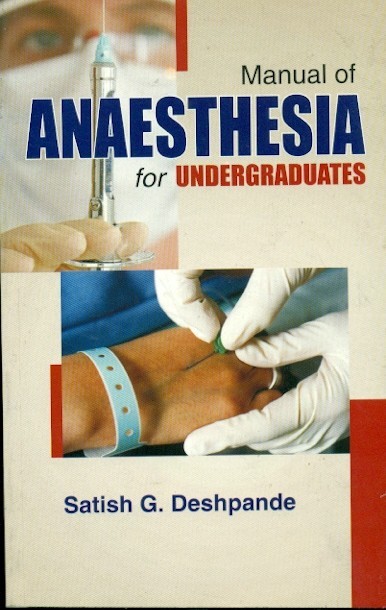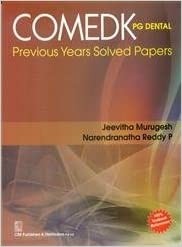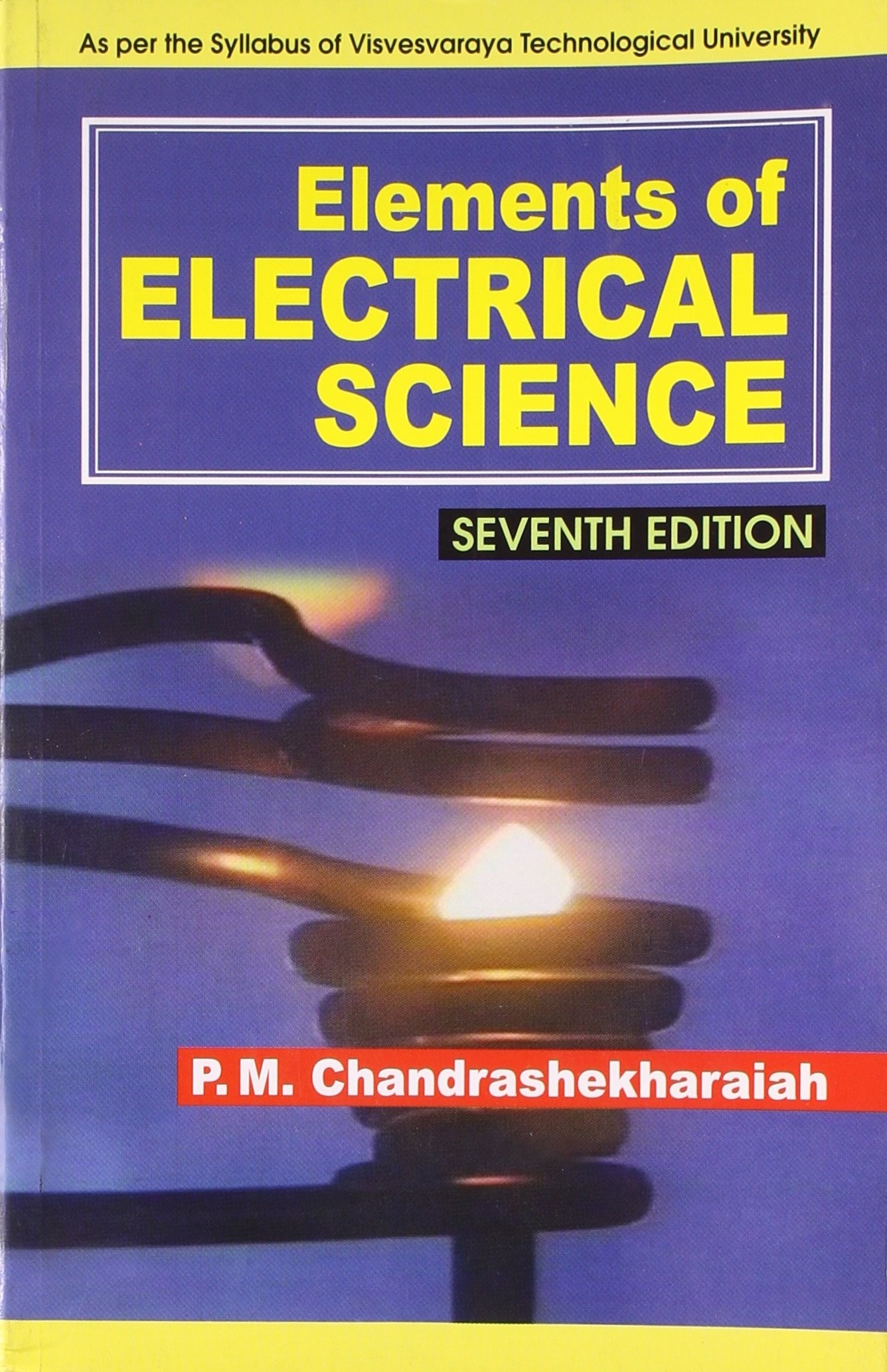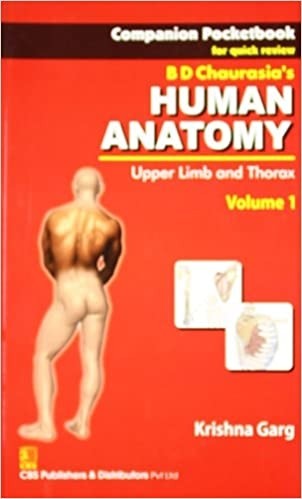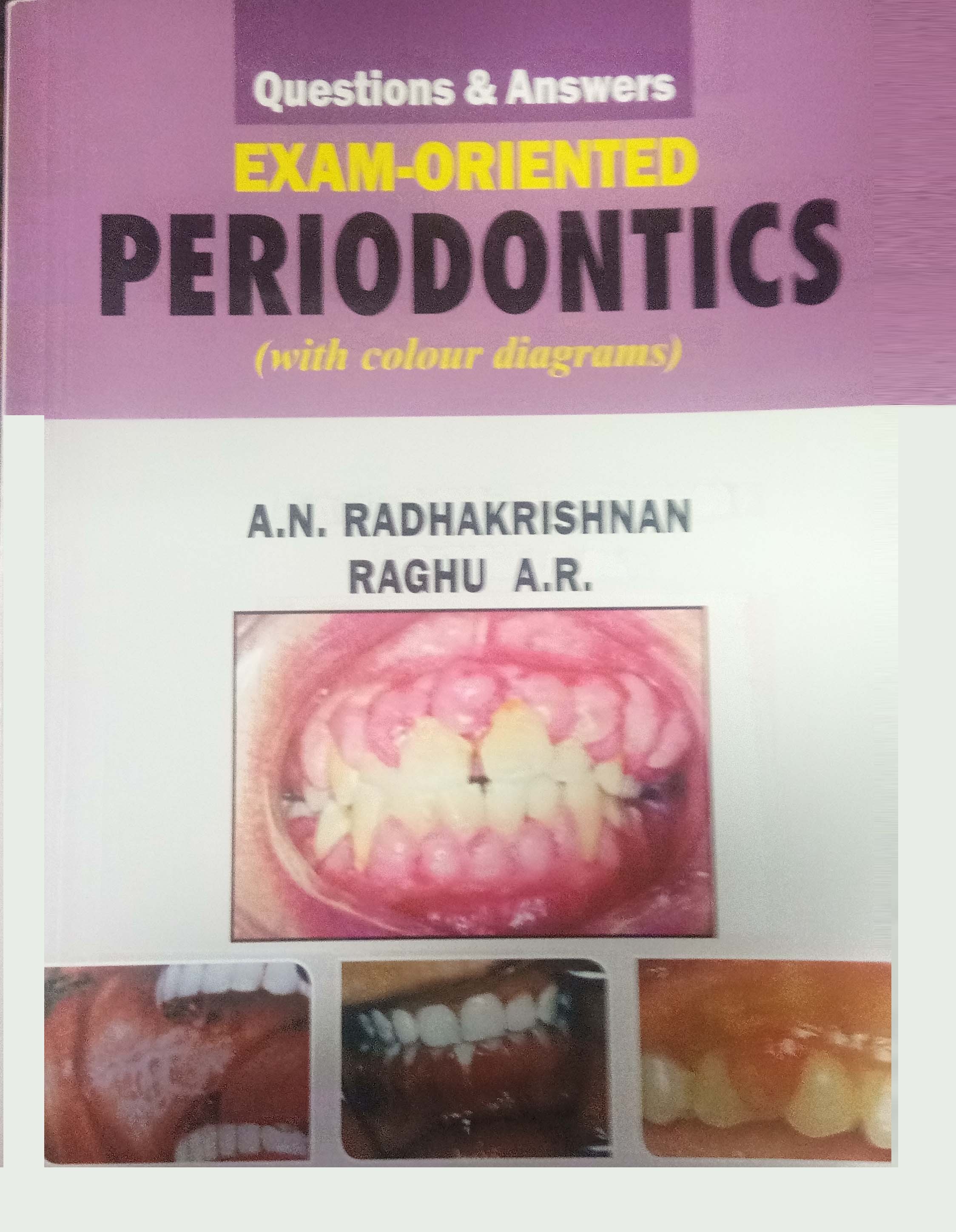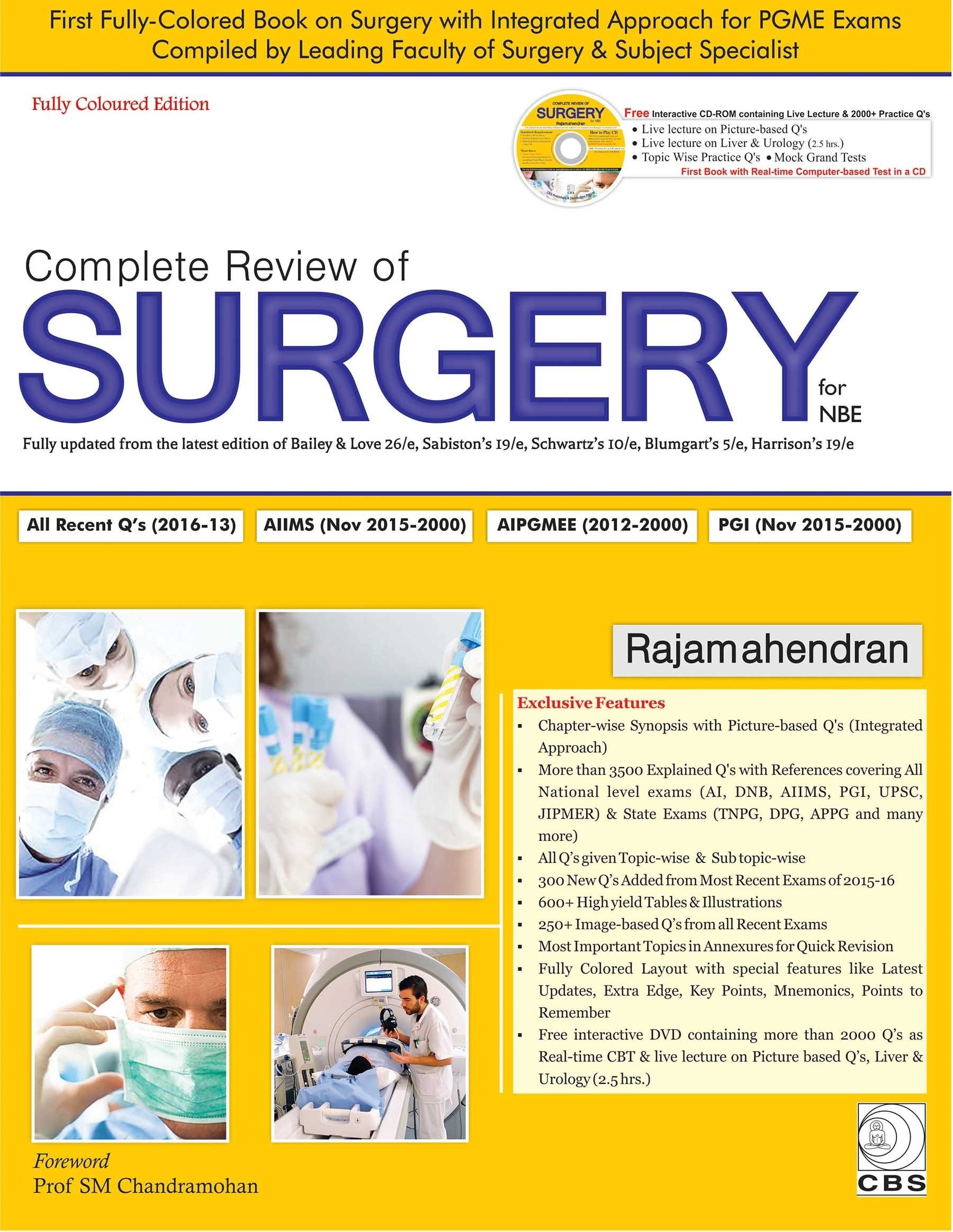Mineral Processing 2Ed (Pb 2019)
no information available
The book gives a clear account of the ten functional segments of the nephron instead of referring to physiologically non-homogenous segments like the loop of Henle or the collecting duct. Several complex concepts in renal physiology have been elegantly simplified through a step-by-step approach. Among them are the Mechanism of Sodium Reabsorption and Diuretics the Countercurrent Mechanism Ruid-Electrolytes Balance and Acid-Base Balance. Topics like Renal Function Tests and Netitopathic Bladders have been discussed at length while Cystometry has been shifted to its proper context of urodynamic studies. Students have been introduced to the elementary concepts of Nephritic and Nephrotic Syndromes Renal Failure as also some individual glomerulopathies. The chapter pn the History of Renal Physiology should delight postgraduate students of Physiology. Each chapter is studded with cross-references and supplemented with Explanatory Notes Multiple Choice Questions of different types and short questions in the form of Explain Why and Compare & Contrast.


